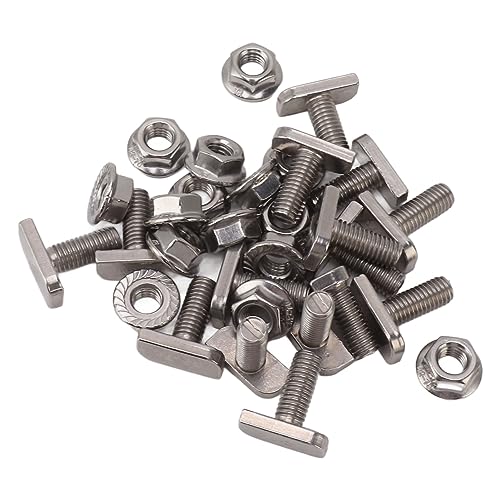We have an existing 4kw array, using Solarworld 250W panels, and Soleredge inverter (SE4000-16A) and power optimisers, which was installed in December 2015, so we get reasonable FITS payments. This array takes up all suitable roof space on the house, there are two more roofs, but they are NW and NE facing, there's also a double garage with flat roof. We generate roughly 4300KWh a year, and use roughly half of that. Our annual usage is currently around 10,000KWh including what we use from solar production.
As mentioned above we have a flat roofed double garage that measures 6m x 6m, it does get some early morning shading, and late afternoon/early evening shading, but in between there is no shade. I think we should be able to get 12 panels on there, facing the same direction as the best performing panels on the main roof, roughly SW. So this could add another 4.8kw of solar, or there about.
I'm not sure on what our peak usage is, but have recently installed the Loop app, and can see from this that our usage peaks around 3.6kw at 16:00 on 5th December - so no solar production, there's no EV and no plans for one at the moment, no electric showers, no immersion heater, no electric heating, we do have an electric oven which is rated at 5.5Kw.
Given the rises in electricity costs, I'm now think it would be a good idea to have a battery or two, and this would mean more solar to charge it, and I'd also like to be able to charge using off peak when the weathers poor etc. It would also be useful to have the whole house powered off the batteries in the event of a power cut, although they are rare around here, so it would be a nice to have, rather than a necessity.
Given we have one array already, which can't be altered I think we need an AC coupled battery.
I don't have a lot of space in the house for batteries, dependant on size they could fit under the stairs, or in our cloakroom/shoe room/server room, or the other option is in the detached garage, or both locations (house + garage).
I'm not sure how this will all fit together, and I'm still waiting on quotes from various installers, seems they are all very busy, and there is long wait times just for a quote let alone for installation, or availability of batteries, so trying to get some info together in the mean time and understand things better.
Given a battery can only charge/discharge at a given rate I'd like a system that could cope with our current usage and perhaps be expanded in the future - as you've probably guessed I'm not sure on what we need.
From what I've read the DNO would take the two arrays, and the battery or batteries and add them all up when considering the export potential.
Is there an easy way to know what the DNO will allow us to connect in addition to our existing system?
What's the implications if they won't let us export more than we already do?
We're in Broadstairs, Kent - is there any pro's around this area?
As mentioned above we have a flat roofed double garage that measures 6m x 6m, it does get some early morning shading, and late afternoon/early evening shading, but in between there is no shade. I think we should be able to get 12 panels on there, facing the same direction as the best performing panels on the main roof, roughly SW. So this could add another 4.8kw of solar, or there about.
I'm not sure on what our peak usage is, but have recently installed the Loop app, and can see from this that our usage peaks around 3.6kw at 16:00 on 5th December - so no solar production, there's no EV and no plans for one at the moment, no electric showers, no immersion heater, no electric heating, we do have an electric oven which is rated at 5.5Kw.
Given the rises in electricity costs, I'm now think it would be a good idea to have a battery or two, and this would mean more solar to charge it, and I'd also like to be able to charge using off peak when the weathers poor etc. It would also be useful to have the whole house powered off the batteries in the event of a power cut, although they are rare around here, so it would be a nice to have, rather than a necessity.
Given we have one array already, which can't be altered I think we need an AC coupled battery.
I don't have a lot of space in the house for batteries, dependant on size they could fit under the stairs, or in our cloakroom/shoe room/server room, or the other option is in the detached garage, or both locations (house + garage).
I'm not sure how this will all fit together, and I'm still waiting on quotes from various installers, seems they are all very busy, and there is long wait times just for a quote let alone for installation, or availability of batteries, so trying to get some info together in the mean time and understand things better.
Given a battery can only charge/discharge at a given rate I'd like a system that could cope with our current usage and perhaps be expanded in the future - as you've probably guessed I'm not sure on what we need.
From what I've read the DNO would take the two arrays, and the battery or batteries and add them all up when considering the export potential.
Is there an easy way to know what the DNO will allow us to connect in addition to our existing system?
What's the implications if they won't let us export more than we already do?
We're in Broadstairs, Kent - is there any pro's around this area?
































































